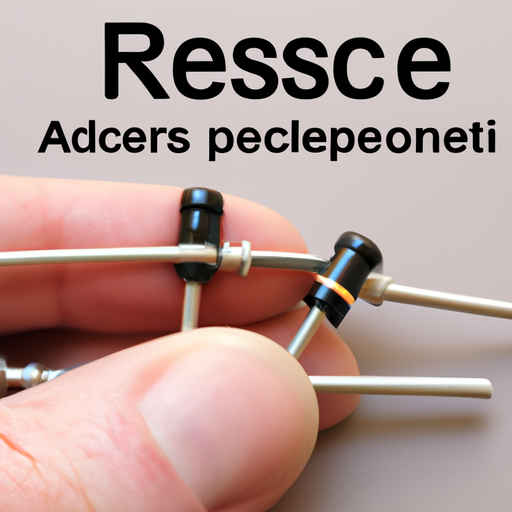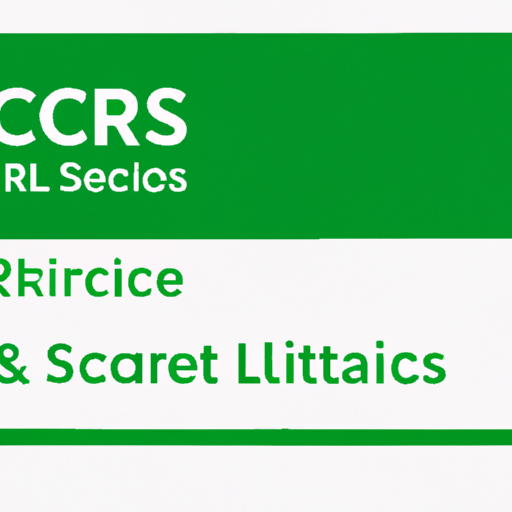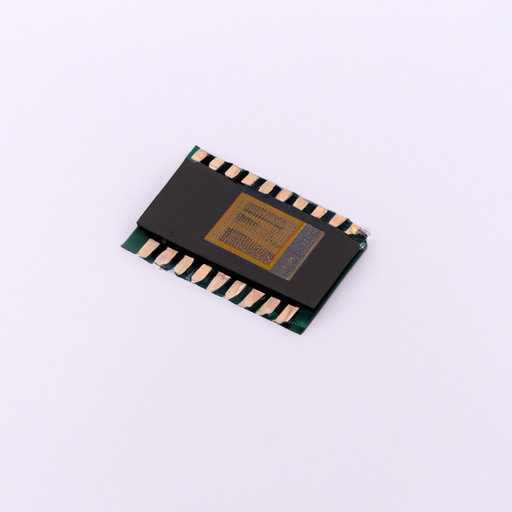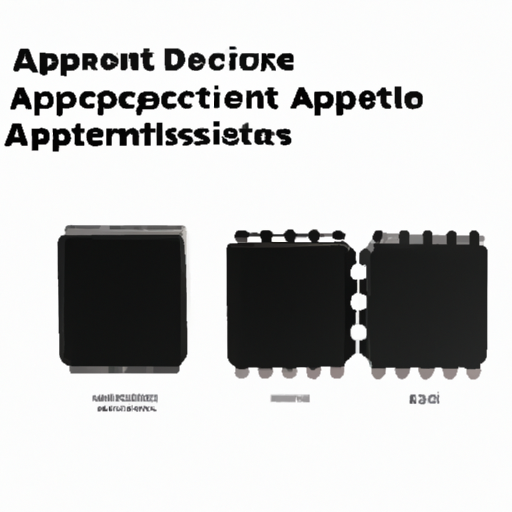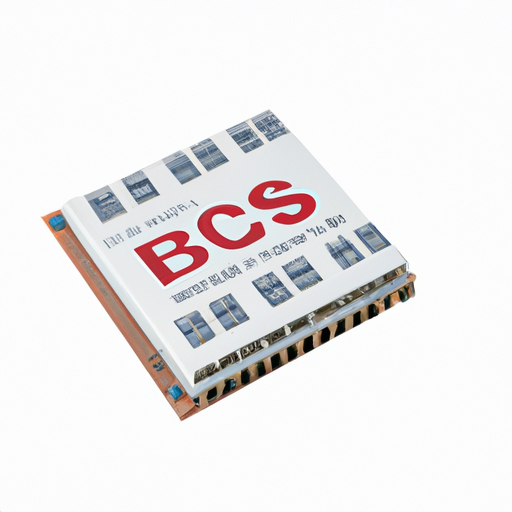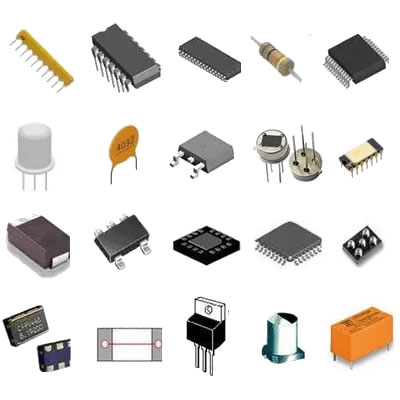Similar recommendations for resistor connection components
Similar Recommendations for Resistor Connection Components
I. Introduction
In the realm of electronics, resistor connection components play a pivotal role in circuit design and functionality. Resistors are passive components that limit the flow of electric current, and their connections can significantly influence the performance of electronic circuits. This article aims to provide recommendations for selecting and connecting resistor components effectively, ensuring optimal circuit performance and reliability.
II. Understanding Resistor Connection Components
A. Types of Resistors
Resistors come in various types, each serving specific functions within electronic circuits:
1. **Fixed Resistors**: These resistors have a constant resistance value and are the most commonly used type. They are available in various resistance values and power ratings, making them suitable for a wide range of applications.
2. **Variable Resistors**: These include potentiometers and rheostats, which allow users to adjust the resistance value. Potentiometers are often used in volume controls and tuning circuits, while rheostats are used in applications requiring variable current.
3. **Specialty Resistors**: This category includes thermistors, which change resistance with temperature, and photoresistors, which change resistance based on light exposure. These resistors are essential in temperature sensing and light detection applications.
B. Resistor Specifications
When selecting resistors, it is crucial to consider their specifications:
1. **Resistance Value**: Measured in ohms (Ω), this value determines how much the resistor will impede current flow.
2. **Power Rating**: This indicates the maximum power the resistor can dissipate without overheating, typically measured in watts (W).
3. **Tolerance**: This specification indicates how much the actual resistance can vary from the stated value, expressed as a percentage.
4. **Temperature Coefficient**: This measures how much the resistance changes with temperature, which is vital for applications in varying environmental conditions.
III. Common Resistor Connection Methods
A. Series Connection
1. **Explanation of Series Connection**: In a series connection, resistors are connected end-to-end, and the total resistance is the sum of the individual resistances.
2. **Advantages and Disadvantages**: Series connections are straightforward and easy to analyze. However, if one resistor fails, the entire circuit is interrupted.
3. **Applications**: Series connections are commonly used in voltage divider circuits and LED circuits where a specific voltage drop is required.
B. Parallel Connection
1. **Explanation of Parallel Connection**: In a parallel connection, resistors are connected across the same two points, providing multiple paths for current to flow.
2. **Advantages and Disadvantages**: Parallel connections allow for redundancy; if one resistor fails, the others can still function. However, calculating total resistance can be more complex.
3. **Applications**: Parallel connections are often used in power distribution circuits and in applications requiring consistent voltage across components.
C. Combination of Series and Parallel
1. **Explanation of Mixed Connections**: Mixed connections involve both series and parallel configurations, allowing for more complex circuit designs.
2. **Advantages and Disadvantages**: This method provides flexibility in circuit design but requires careful analysis to ensure proper functionality.
3. **Applications**: Mixed connections are commonly found in complex electronic devices, such as audio equipment and computer circuits.
IV. Recommended Practices for Resistor Connections
A. Choosing the Right Resistor
1. **Assessing Circuit Requirements**: Before selecting a resistor, it is essential to understand the circuit's requirements, including voltage, current, and power needs.
2. **Selecting Appropriate Specifications**: Choose resistors with suitable resistance values, power ratings, and tolerances to ensure reliable performance.
B. Proper Soldering Techniques
1. **Tools and Materials Needed**: Essential tools include a soldering iron, solder, wire cutters, and a soldering mat. High-quality solder and a well-maintained soldering iron are crucial for effective connections.
2. **Step-by-Step Soldering Process**:
- Prepare the components and circuit board.
- Heat the soldering iron and clean the tip.
- Insert the resistor leads into the board and secure them.
- Heat the joint and apply solder until it flows smoothly.
- Allow the joint to cool before trimming excess leads.
C. Using Breadboards for Prototyping
1. **Benefits of Breadboarding**: Breadboards allow for easy prototyping and testing of circuits without permanent soldering, making them ideal for experimentation.
2. **Tips for Effective Breadboard Use**: Ensure proper connections by following the breadboard layout, using jumper wires for connections, and double-checking component placement.
V. Troubleshooting Common Resistor Connection Issues
A. Identifying Connection Problems
1. **Symptoms of Poor Connections**: Common symptoms include intermittent circuit behavior, unexpected voltage readings, and overheating components.
2. **Tools for Diagnosis**: A multimeter is an essential tool for diagnosing resistor connections, allowing users to measure resistance, voltage, and current.
B. Solutions to Common Issues
1. **Resoldering Techniques**: If a connection is faulty, carefully desolder the joint and reapply solder, ensuring a clean and secure connection.
2. **Replacing Faulty Components**: If a resistor is damaged or out of tolerance, replace it with a new component that meets the circuit's specifications.
3. **Testing with Multimeters**: Regularly test resistors and connections with a multimeter to ensure they are functioning correctly and within specified tolerances.
VI. Advanced Considerations
A. Resistor Networks and Arrays
1. **Explanation of Resistor Networks**: Resistor networks consist of multiple resistors arranged in a specific configuration to achieve desired resistance values and characteristics.
2. **Benefits of Using Resistor Arrays**: Resistor arrays simplify circuit design by integrating multiple resistors into a single package, reducing space and improving reliability.
B. Impact of Temperature and Environment on Resistor Performance
1. **Understanding Temperature Coefficients**: The temperature coefficient indicates how much a resistor's value changes with temperature, which is crucial for applications in varying environments.
2. **Environmental Considerations for Resistor Selection**: Consider factors such as humidity, exposure to chemicals, and temperature extremes when selecting resistors for specific applications.
VII. Conclusion
In conclusion, understanding and effectively connecting resistor components is essential for successful circuit design. By selecting the right resistors, employing proper connection methods, and following recommended practices, engineers and hobbyists can ensure reliable and efficient electronic circuits. As technology continues to evolve, further learning and experimentation with resistor connections will enhance circuit design skills and foster innovation in the field of electronics.
VIII. References
A. Suggested Reading Materials
- "The Art of Electronics" by Paul Horowitz and Winfield Hill
- "Electronics for Dummies" by Cathleen Shamieh
B. Online Resources and Tutorials
- Electronics tutorials on websites like SparkFun and Adafruit
- YouTube channels dedicated to electronics and circuit design
C. Industry Standards and Guidelines
- IPC standards for soldering and electronic assembly
- IEEE guidelines for electronic component specifications
This comprehensive guide provides a structured approach to understanding and implementing resistor connection components, ensuring that readers are well-equipped to tackle their electronic projects with confidence.

